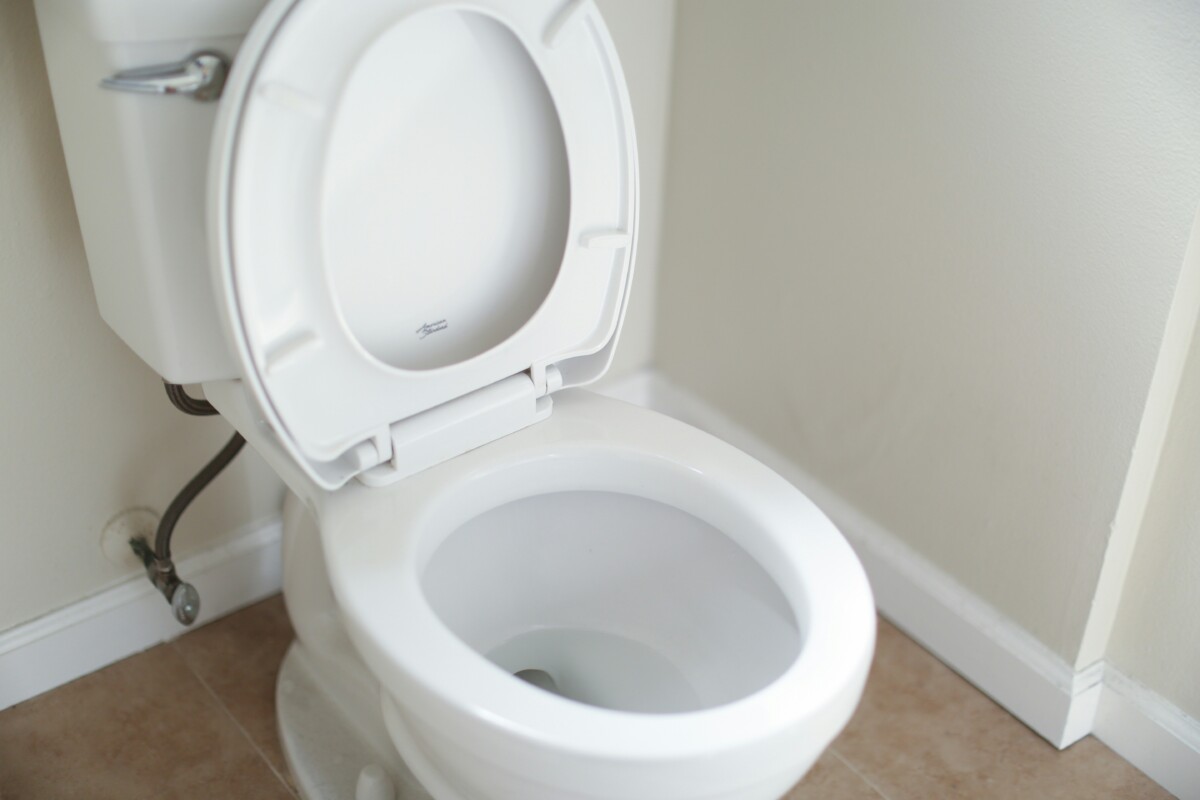July 20, 2025
Clogged drains are a frustrating and often messy problem that homeowners face. Whether it’s a slow-draining sink, a backed-up shower, or a completely blocked toilet, the quickest solution is often to call in a professional plumber. One of the most common tools in a plumber’s arsenal for clearing clogs is the drain snake, also known as a plumbing auger.
But if you’ve scheduled a service or you’re dealing with an urgent blockage, you’re probably wondering: how long does it take a plumber to snake a drain? The answer isn’t always straightforward. While some clogs can be cleared in just a few minutes, more serious or deep-rooted issues can take several hours to resolve. Let’s take a closer look at what affects the timeframe and what you can expect during the process.
What Is Drain Snaking?
Before diving into timing, it helps to understand what “snaking a drain” actually involves. A drain snake is a long, flexible metal cable that a plumber inserts into a clogged drain to physically dislodge the blockage. The cable is manually or mechanically rotated to cut through or latch onto debris and pull it out.
Professional plumbers may use a variety of snaking tools depending on the severity and location of the clog. For more complex issues, they might turn to motorized augers or even hydro-jetters, which use high-pressure water to blast through stubborn obstructions.
Drain snaking is effective for a wide range of common clogs, but how long the process takes can vary significantly.
How Long Does It Take to Snake a Drain?
There’s no one-size-fits-all answer, but here are some general guidelines:
- Simple clogs can often be cleared in 5 to 30 minutes.
- Moderate to difficult clogs may take 15 minutes to an hour.
- Severe or deep-seated clogs could take 1 to 3 hours or more, especially if they require advanced tools or fixture removal.
Ultimately, a plumber’s time on the job depends on several factors, including the clog’s severity, how deep it is in the system, what tools are needed, and how accessible the drain is.
Factors That Influence Drain Snaking Time
1. Severity of the Clog
The material and size of the blockage play a major role in how long it will take to clear.
- Simple clogs, such as small buildups of toilet paper, hair, or food particles, are relatively easy to dislodge. These are often located close to the drain’s opening and can be handled quickly—typically within a few minutes to half an hour.
- Tougher clogs, such as grease buildup, wipes, or foreign objects, require more time and effort. In some cases, a plumber might have to try multiple techniques to fully clear the line.
- Severe clogs, such as those caused by tree root infiltration in sewer lines or compacted grease and debris, can require more extensive work, including specialized equipment. These jobs may take hours to complete.
2. Depth of the Clog
Where the clog is located in the plumbing system also affects the time required to reach and clear it.
- Shallow clogs—those near the surface or just beyond the drain trap—are generally easy to access and remove.
- Deep clogs, especially in longer horizontal runs or within the main sewer line, require the plumber to feed the snake further into the pipe. This adds time, especially if the clog is difficult to pinpoint without a camera inspection.
3. Type of Drain Snake or Equipment Used
The tool a plumber chooses can also impact the time needed. For basic clogs, a handheld or powered drain snake may be sufficient. However, more stubborn blockages may require:
- Motorized augers for extra torque and reach
- Cutting attachments for roots or hardened materials
- Hydro-jetting, which can take longer to set up and execute but is more effective for complex clogs
Because hydro-jetting involves specialized equipment and safety protocols, the setup and process time can extend the total job duration—even though it may do a more thorough job than traditional snaking.
4. Accessibility of the Drain
Sometimes, the delay has nothing to do with the clog itself and everything to do with accessing the pipe. Drains that are tucked away behind appliances, beneath cabinetry, or under flooring may take longer to prepare for snaking. In some cases, the plumber might need to:
- Remove the toilet to reach the drain
- Unscrew and reposition fixtures or traps
- Locate a cleanout access point for deep sewer line blockages
These steps add preparation time to the job, even before the snake is inserted.
Example Timeframes Based on Real Scenarios
To give you a better sense of what to expect, here’s how long a plumber might take to snake a drain depending on the type of clog:
- Clearing hair from a bathroom sink trap: 5–15 minutes
- Removing grease buildup from a kitchen sink: 30–60 minutes
- Unclogging a shower drain with a moderate blockage: 15–45 minutes
- Snaking a toilet due to excessive toilet paper: 15–30 minutes
- Removing a deep clog in the main sewer line: 1–3 hours or more
Remember that these are general estimates. A quick job can turn into a longer one if the plumber discovers the problem is deeper or more complicated than it appeared.
Can You Snake a Drain Yourself?
For homeowners dealing with frequent clogs, it can be tempting to grab a hardware store drain snake and do the job yourself. In some cases—especially with minor clogs close to the drain—this approach works fine. However, DIY snaking often takes significantly longer, especially if you’re unfamiliar with how to use the equipment or unsure of the clog’s location.
Additionally, improper snaking can:
- Push the clog further down the pipe
- Damage to older or fragile plumbing
- Fail to fully clear the blockage, leading to recurring issues
For deep or stubborn clogs, calling a plumber is often the faster and safer solution.
How to Know If Your Clog Needs Professional Snaking
Not all slow drains require a professional, but here are some signs that your clog may need expert attention:
- Multiple drains are clogged at once, suggesting a main sewer issue
- Water backs up into other fixtures, like a tub filling when you flush the toilet
- Persistent or recurring clogs despite using a plunger or drain cleaner
- Unpleasant odors coming from drains, indicating trapped waste or debris
- Gurgling noises when draining water, which may signal air trapped by a blockage
In these cases, professional snaking is more effective than temporary DIY fixes.
Preventing Future Clogs
Snaking can solve immediate issues, but prevention goes a long way in maintaining a healthy plumbing system. Here are a few tips:
- Drain covers are used to catch hair and debris in bathroom drains.
- Avoid pouring grease, oils, and food scraps down the kitchen sink.
- Don’t flush wipes, cotton balls, or hygiene products down the toilet—even if they say “flushable.”
- Rinse drains regularly with hot water and a natural mixture of vinegar and baking soda.
- Schedule regular plumbing inspections if your home has old or high-use piping systems.
Preventive habits reduce the likelihood of deep or stubborn clogs that require lengthy snaking sessions.
Final Thoughts
So, how long does it take a plumber to snake a drain? The honest answer: anywhere from a few minutes to several hours, depending on the severity and depth of the clog, the tools used, and how accessible the drain is. While minor clogs might be cleared in as little as 5–30 minutes, more challenging or deep-seated issues can stretch into the 1–3 hour range or longer—especially if specialized equipment or fixture removal is necessary.
The good news is that professional plumbers are trained to assess the situation quickly, choose the right tools, and resolve the issue efficiently. If you’re dealing with a clog that won’t go away—or if you suspect something more serious—it’s best to bring in an expert sooner rather than later.
Need help with a tough clog? Contact us at Snake The Drain to get your drains flowing freely again—and save yourself hours of trial and error.


